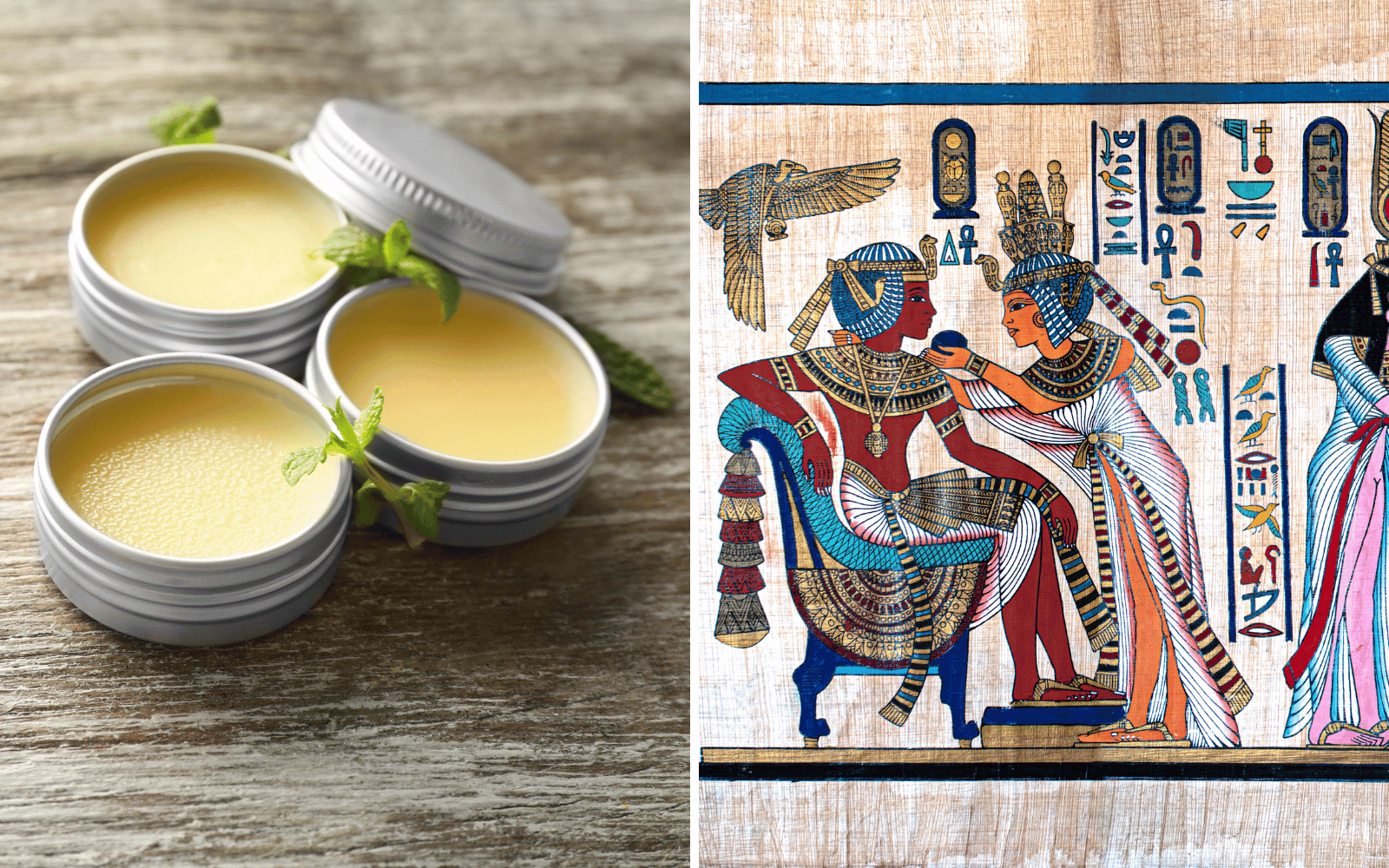Organic grass-fed tallow has recently witnessed a renaissance, emerging from the shadows of ancient dermatological practices to command an intriguing place within contemporary skincare regimens. This remarkable fat, derived from the suet of cows that have been pasture-raised, offers a wealth of benefits that are catching the attention of both enthusiasts of holistic skincare and modern health aficionados alike. But what exactly fuels such intrigue? This exploration delves into the multifaceted aspects of organic grass-fed tallow, bridging its historical roots with its burgeoning popularity, ultimately promising a compelling shift in perspective.
The Historical Context: Tallow Through the Ages
Tallow has been utilized across cultures for centuries, prized not only for its culinary applications but also for its various utilitarian benefits. Ancient Egyptians and later, European craftsmen employed tallow for a range of purposes, from candle-making to soap formulation. Moreover, indigenous tribes recognized its emollient properties, integrating it into their daily rituals. The provenance of tallow reveals a time-honored trust in animal fats, underpinning a tradition that proposes a return to nature amid the complicated landscape of synthetic skincare.
Understanding Tallow: Composition and Benefits
At its core, the composition of tallow sets it apart from contemporary alternatives. Rich in fatty acids—particularly palmitic and stearic acids—tallow mirrors the lipid profile of human skin. This affinity not only enhances absorption but also promises to restore the natural barrier function of the epidermis. Moreover, tallow is abundant in vitamins A, D, E, and K, all of which are instrumental in promoting health and vitality in skin cells.
Through meticulous rendering processes, organic grass-fed tallow also retains beneficial compounds such as conjugated linoleic acid (CLA) and omega-3 fatty acids, which are lauded for their anti-inflammatory properties. By nature, these components aim to calm and nourish, facilitating the skin’s innate healing mechanisms.
The Case for Organic and Grass-Fed
In the realm of tallow, sourcing matters significantly. Organic grass-fed tallow contributes not only to superior nutritional value but also addresses ethical considerations concerning animal welfare and environmental sustainability. Cows that are grass-fed tend to have healthier fat profiles, showcasing higher omega-3 to omega-6 ratios, an essential element in combating oxidative stress in the skin.
Furthermore, opting for organic, grass-fed tallow ensures that harmful pesticides, antibiotics, and hormones do not permeate the skincare products one uses daily. The purity of organic sourcing cultivates peace of mind, transcending mere cosmetic application to encompass a holistic lifestyle approach.
Modern Applications: Tallow in Skincare
The integration of tallow into modern skincare routines is both versatile and pragmatic. Its inherent emollient properties make it an excellent base for balms, creams, and salves. Users often gravitate toward using organic grass-fed tallow to treat dry skin, eczema, psoriasis, and even acne—problems often exacerbated by synthetic products. The occlusive nature of tallow helps seal moisture while simultaneously allowing the skin to breathe.
Beyond hydration, many individuals champion tallow for its regenerative capabilities. Those looking to reduce the appearance of scars or assist in post-surgical healing frequently cite their experiences with tallow as a favorable outcome. By nourishing the skin deeply, tallow facilitates recovery with a gentleness that synthetic products often lack.
DIY Culture: Crafting Tallow Products
The rise in the popularity of organic grass-fed tallow has birthed a vibrant DIY culture surrounding its use. Crafting tallow-based products at home allows for customization tailored to individual skin types and preferences. Recipes for tallow balms and moisturizers abound, enchanting both amateurs and seasoned artisans. Adding essential oils offers an avenue for personalization, infusing scents that elevate the sensory experience of application while providing additional therapeutic properties.
Moreover, the process of rendering tallow can be simple, fostering a sense of accomplishment and a deeper connection to one’s wellness journey. By engaging with the ingredient on a more profound level, individuals not only benefit from the luxurious attributes of tallow but also participate in an age-old ritual of crafting and self-care.
Broader Implications: Tallow in Lifestyle Choices
Embracing organic grass-fed tallow transcends skincare alone; it symbolizes a shift toward minimalism and authenticity in consumer habits. As individuals increasingly scrutinize the ingredients in their personal care products, tallow emerges as a beacon of simplicity and integrity. This paradigm emphasizes an emerging ethos—one that encourages consumers to recalibrate their relationships with the products they choose, gravitating toward those that reflect their values.
This movement is not solely about skincare; it sustains a broader conversation, weaving together themes of sustainability, ethical consumption, and holistic health. By committing to the usage of tallow, consumers can engage in a more sustainable lifestyle that honors ancient traditions while advocating for modern ethical practices.
Final Thoughts: An Invitation to Reconsider
The narrative surrounding organic grass-fed tallow invites a reconsideration of what constitutes effective skincare. By weaving together historical wisdom with modern curiosity, individuals can explore an alternative that is both nourishing and ethically sound. As this ancient remedy gains traction, it beckons the question: Are we ready to embrace the past as we forge ahead into the skincare future?
In conclusion, the burgeoning interest in organic grass-fed tallow for skin invites a paradigm shift in how we perceive and interact with skincare products. By understanding its historical significance, nutritional profile, and versatility, individuals are primed to embark on a journey that is as enriching for the skin as it is for the spirit.

